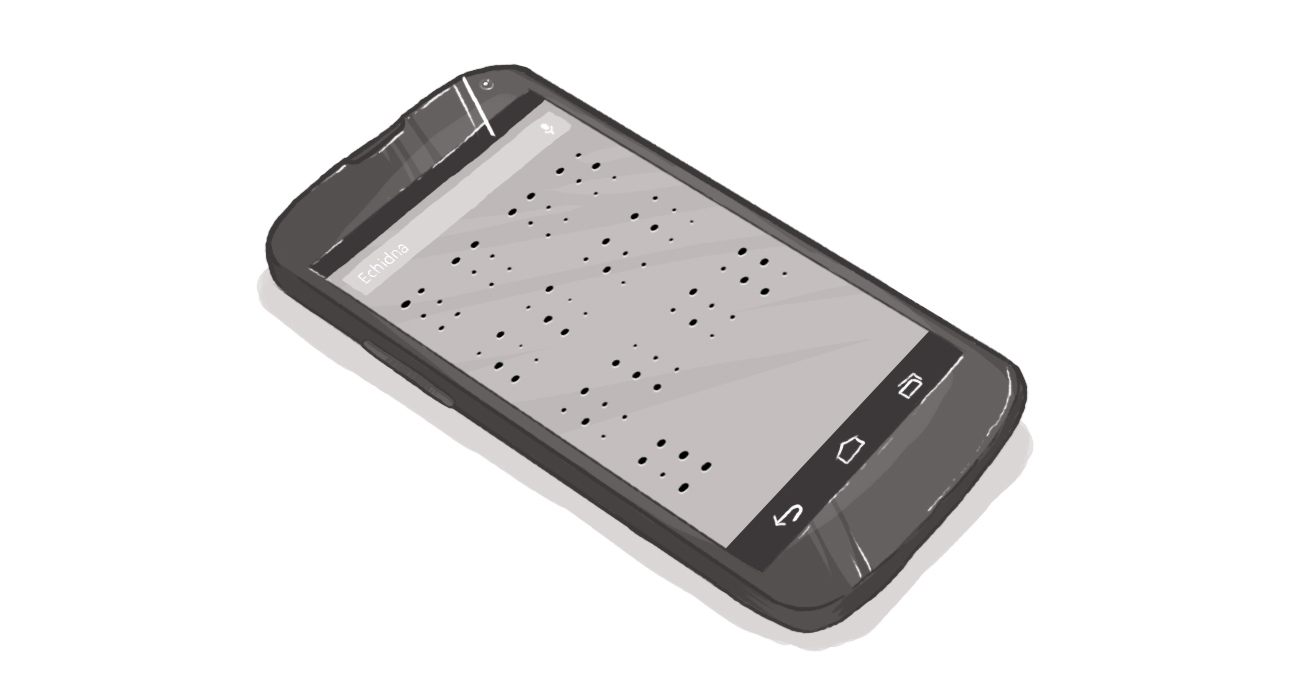No One-Size-Fits-All Approach to Accessibility

The simple fact of the matter is that there is no one-size-fits-all solution to accessibility issues. So understanding the differing needs of persons with disabilities, even within the same disability grouping, is an integral component of working towards universal accessibility.
Over recent weeks I have written about the iAid device. While I applauded its developer and ensured I had correct information in a follow-up post, the concept didn't hold much interest for me. My priorities for the blind community are less on avoiding obstacles while travelling and more on higher education, employment and social development for this group. However, it was well-received by the 50 or so evaluators who tested several prototypes of the device.
I don't know for certain the demographic makeup of this group. I would venture to guess that they are seniors or those who are losing their vision later in life. These are people who would benefit less from the alternate navigational techniques – navigating by landmarks, echolocation or others – that I have learned from childhood, when such techniques are easier to absorb.
Without these additional navigational aids something like the iAid might be a viable option. However, for all I know, they could be those who have found such techniques ineffective and were happy to finally find something of greater use.
At any rate, while these evaluators and I fit into the same category of broad-spectrum accessibility needs – namely, blind or low-vision – our specific needs are entirely disparate.
There is a temptation to reduce accessibility to a series of checkboxes: Braille signage and buttons; automatic door openers; ramps; or maybe even American Sign Language interpretation. All these things are important accessibility features and many of them are the law. But if there is no colour contrast on Braille signs, no place to leave a scooter for later retrieval, or no access to written versions of audible information, universal access has not been achieved.
Certain accessibility features shouldn't be forgotten simply because others are more visible or publicized.
As my prior post on the 10-year anniversary of the advent of AODA suggests, accessibility implementation is slow at best. It may therefore seem counter-productive to complicate matters by suggesting that one accessibility size doesn't fit all. However, it is important to understand the needs of as many people as possible and to appreciate that having as many options available is the best approach.
Obviously space, time, and budgetary concerns must be considered, too. But educating oneself to ask if a large print form will do or would filling it out orally work better, or would a person who is hard of hearing prefer written information over spoken --- those are actions that cost very little and reap great rewards.Having the consideration to ask questions of this nature shows a great commitment to accessibility and real human empathy which is beyond price.
Accessibility for all means that all can achieve the same goals or gain the same knowledge or information. The means by which accessibility becomes reality may be different for different individuals or groups. Understanding this and making the necessary provisions for this to happen is the best means by which accessibility is achieved.
Is there a one-size-fits-all approach to accessibility?
SUBSCRIBE TO OUR E-NEWSLETTER
 Subscribe
Subscribe


